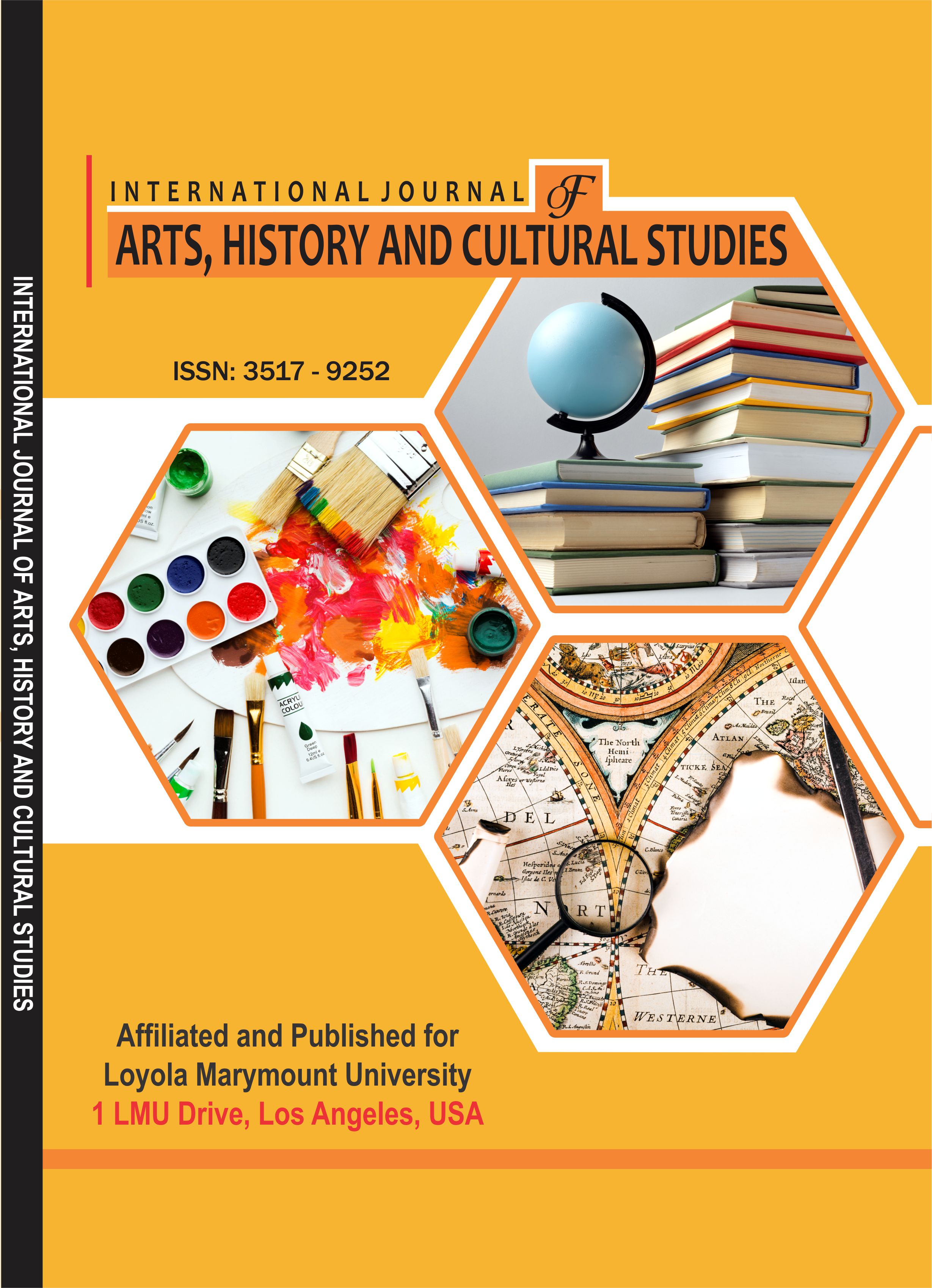INTERNATIONAL JOURNAL OF ARTS, HISTORY AND CULTURAL STUDIES (IJAHCS)
Investigating the Quality Improvement of Architecture in term of the Use of Structure and Function in Traditional Architecture with the Approach of Investigation in the Religious Buildings of
E-ISSN: 2695-1886
P-ISSN: 3517-9252
DOI: https://iigdpublishers.com/article/736
Throughout the history of architecture, the structure has always played an effective role on architecture. Paying attention to the fact that the structure is a necessary and unavoidable part of the building can play a significant role in improving the quality of architecture. The traditional Iranian architect, by using the principles of Islamic architecture and geometry in the implementation of the building, has been able to be effective in improving the quality of the architecture of the implemented buildings. As a museum of traditional and Islamic architecture, Khorasan Architecture presents numerous and diverse works in this field. In this research, 41 historical monuments were selected by examining the religious buildings of Mashhad. The condition of the studied buildings was investigated in terms of the qualitative improvement of the Plate structure, the spatial structure and the illustrative structure in different historical periods from the Sassanid era to the Pahlavi period. With field surveys, it was found that 26 buildings have 65% improvement in the quality of plate structures, 15 buildings have 37.5% improvement in the quality of spatial structures, and 2 buildings have illustrative quality improvement in their records. Through the analysis, it was observed that most of the buildings were executed during the Safavid period and the quality improvement of the internal surfaces due to the plate structure was the most used with 22.5%.
Majid Azizi, Mohsen Vafamehr & Mohammad Hadi Mahdinia
Alami, B. (2015). Essay on structure, form and architecture. Iranian architectural studies, 9.
Asgari, A. (2022). Evaluation of University Education in Architecture at the Undergraduate Level from the Viewpoint of Professional Needs and Employment. International Journal of Applied Arts Studies, 7(1), 33-48. http://ijapas.ir/index.php/ijapas/article/view/406
Balmond, C. (2002). Informal. Prestel Publisher, Language English.
Brigatti, D. G., & Dahinden, J. (1997). Spazi Evocanti il Mistero – la Chiesa S. Massimiliano Kolbe in Varese, Barasso: GrafcheQuirici, 114.
Ching, F. D. (2023). Architecture: form, space and order. John Wiley & Sons.
